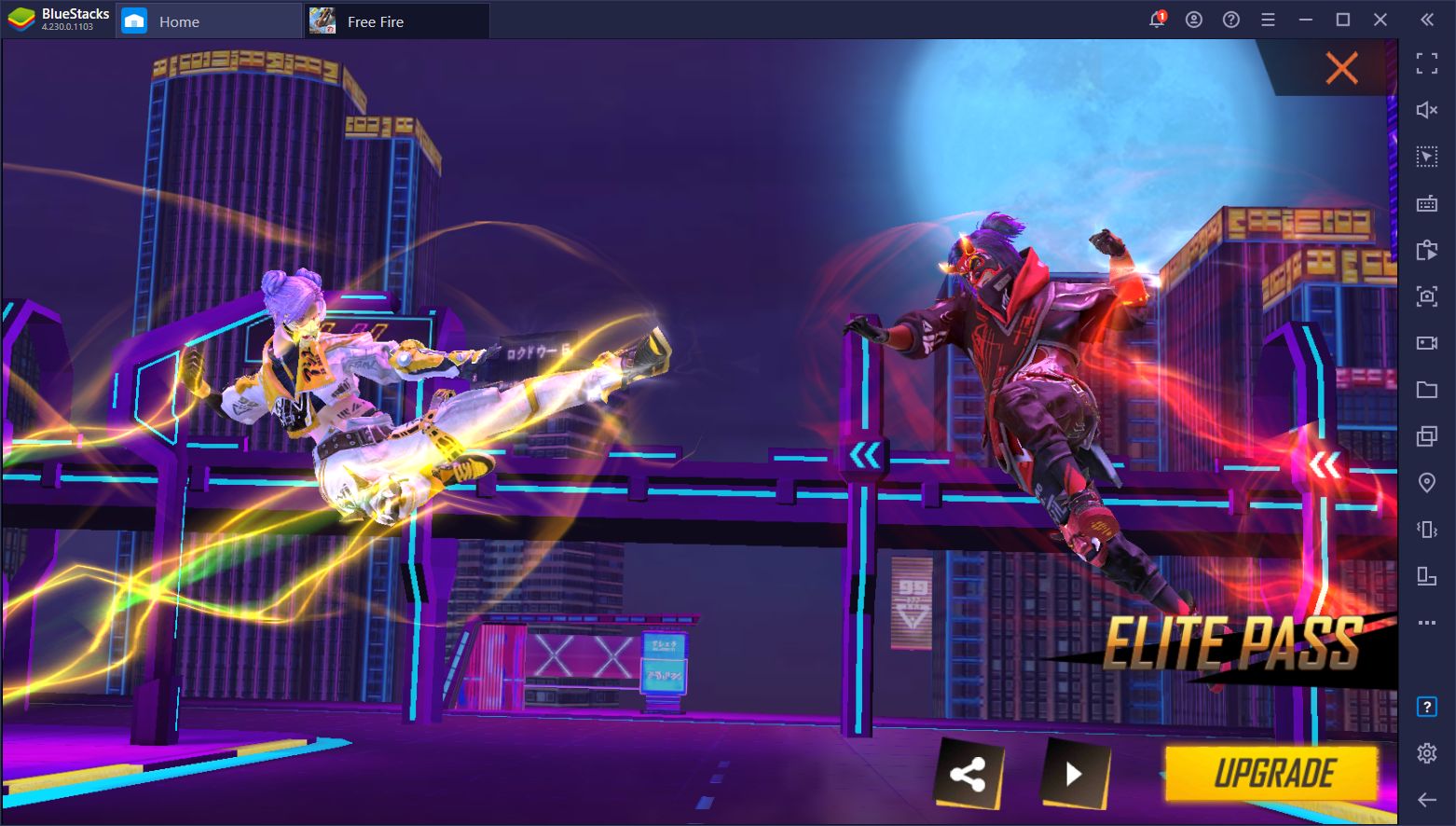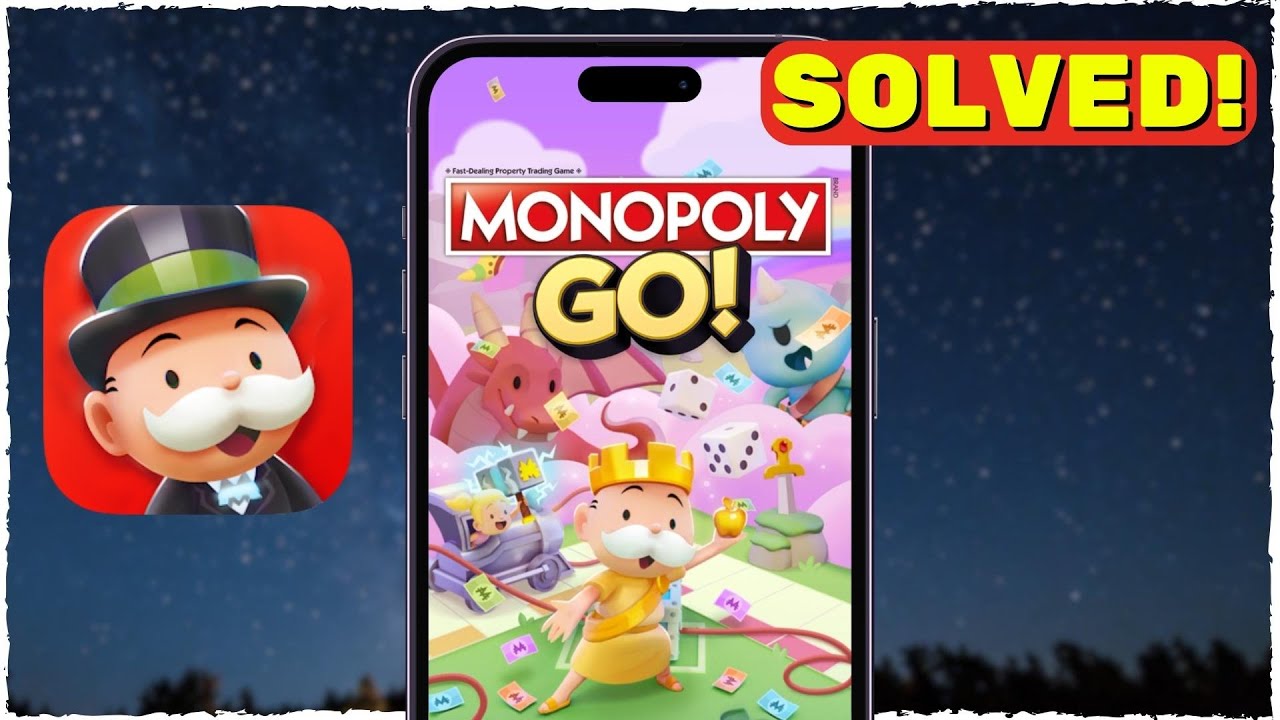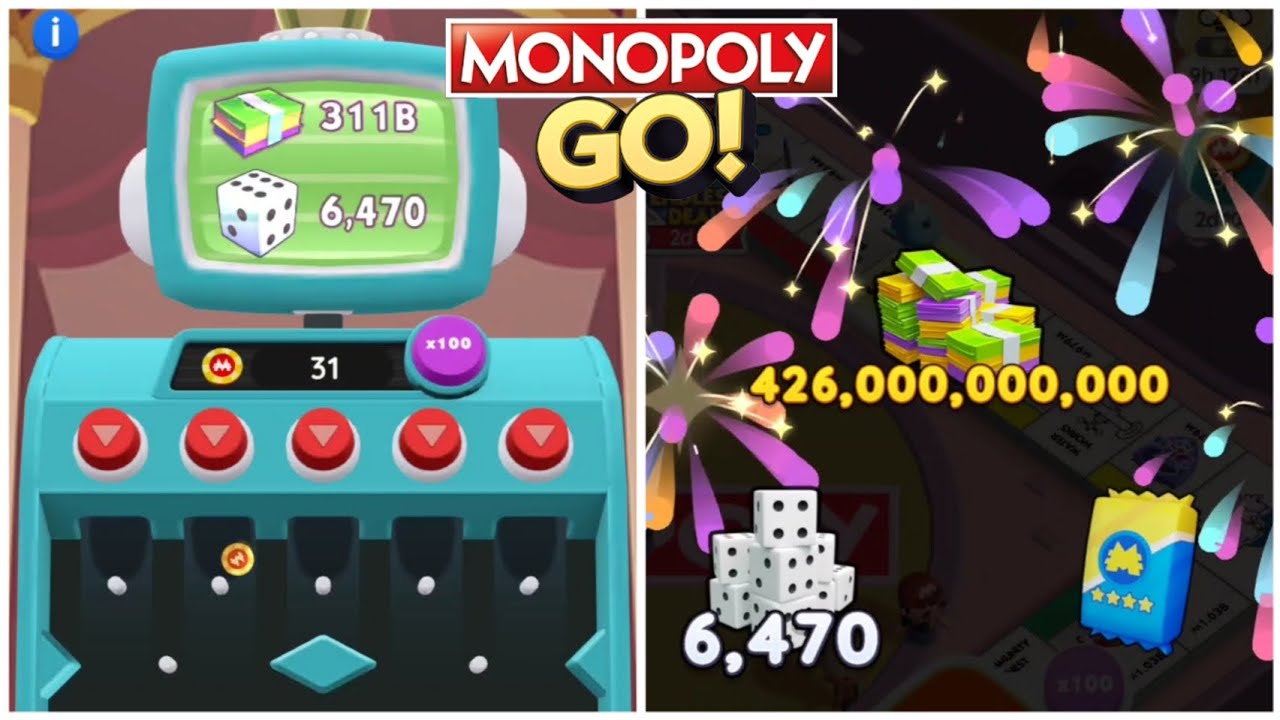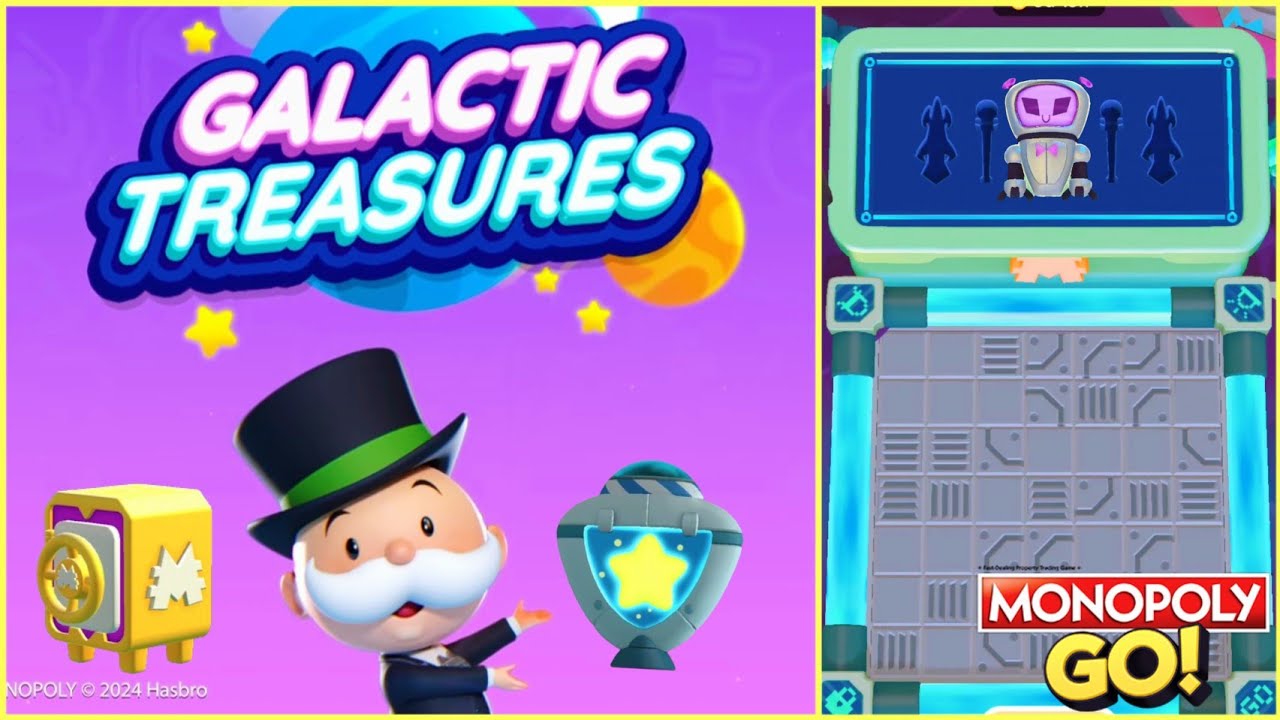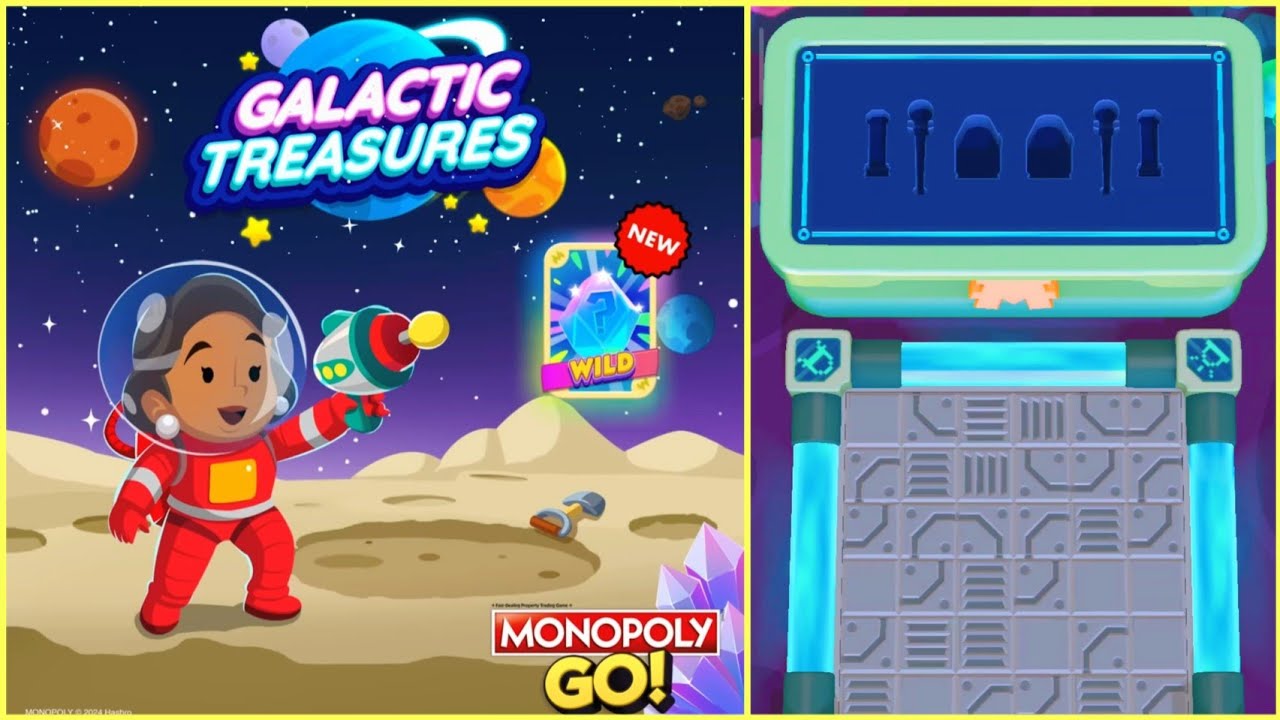Introduction
In recent years, the gaming industry has seen an explosion of battle royale games, a genre characterized by its last-man-standing survival mechanics. Among these, Free Fire, developed by 111 Dots Studio and published by Garena, stands out as one of the most popular and accessible games in the genre. Since its release in 2017, Free Fire has attracted millions of players worldwide, becoming a global sensation. This essay explores the rise of Free Fire, its unique gameplay mechanics, its success in mobile gaming, and its impact on the gaming industry, particularly in emerging markets.
Origins and Development
Free Fire was developed by 111 Dots Studio and published by Garena, a company known for distributing popular titles in Southeast Asia. The game was designed specifically for mobile devices, making it more accessible to players without high-end PCs or consoles. This decision would prove pivotal to the game’s success, as mobile gaming continues to grow, especially in regions where access to expensive gaming hardware is limited.
From the outset, Free Fire was optimized for low-end devices, allowing it to run smoothly on smartphones with limited processing power. This focus on performance was a key factor in its rapid adoption, particularly in developing countries such as India, Brazil, Indonesia, and Vietnam, where expensive hardware is less common.
Gameplay Mechanics
The core gameplay of Free Fire is similar to other battle royale games. Players are dropped onto an island with up to 50 other players and must fight to be the last person (or team) standing. Players parachute down from a plane, search for weapons, equipment, and vehicles, and engage in combat as the playable area of the map shrinks over time. However, Free Fire distinguishes itself from competitors through its accessibility, shorter match duration, and innovative character system.
1. Match Length and Pacing
One of the most significant aspects of Free Fire is its short match duration. Unlike other battle royale games, which can take upwards of 30 minutes per match, Free Fire matches are designed to last around 10 minutes. This fast-paced gameplay is ideal for mobile gaming, where players might not have time for lengthy sessions. The quick matches, combined with intense combat, create a sense of urgency that keeps players engaged.
2. Character System
While most battle royale games feature only cosmetic customization, Free Fire introduces a unique character system that offers gameplay advantages. Each character in the game has a special ability, such as faster healing or increased accuracy when using specific weapons. This adds a layer of strategy to the game, as players can choose characters that suit their playstyle or complement their team’s composition. Some popular characters include Alok, a DJ with healing abilities, and Kelly, who increases sprint speed.
The introduction of these characters creates a dynamic metagame, encouraging players to experiment with different combinations of characters and abilities. The character system also plays a role in monetization, as players can purchase or unlock new characters with in-game currency, giving the game an additional layer of depth.
3. Unique Maps and Game Modes
Free Fire offers a variety of maps and game modes that add to its replayability. The most popular mode is the classic battle royale, but the game also features modes such as Clash Squad, where two teams of four face off in quick, tactical rounds. The maps are diverse and provide different terrains and environments for players to explore, such as tropical islands, deserts, and industrial zones.
The smaller size of the maps compared to other battle royale games also makes Free Fire stand out. The reduced map size leads to faster confrontations, which contributes to the game’s fast pace and makes every match feel action-packed from start to finish.
Accessibility and Popularity in Emerging Markets
One of the key reasons for Free Fire‘s global success is its accessibility. Designed to run on lower-end smartphones, Free Fire reaches players who may not have the resources to purchase high-end gaming devices. This focus on performance over graphics is especially important in countries where the average income may not allow for high-end gaming PCs or consoles. This approach allowed Free Fire to capture markets like Southeast Asia, India, Brazil, and Latin America, where many players rely on budget smartphones for gaming.
In these regions, Free Fire also became a cultural phenomenon. For example, in India, the game experienced a massive surge in popularity after the ban of PUBG Mobile in 2020, quickly filling the void left by the more graphically intensive battle royale. In Brazil, Free Fire is widely celebrated, with the game even being integrated into mainstream culture, featuring local celebrities and influencers promoting it.
1. Social Aspects and Streaming
Free Fire has also thrived due to its integration with streaming platforms like YouTube and Twitch. The game’s popularity among streamers and content creators has helped build a strong online community. Streamers often broadcast their gameplay to millions of fans, helping to further popularize the game.
In regions like Southeast Asia and Latin America, where mobile gaming is particularly popular, local streamers have built massive audiences. These streamers often provide tips, strategies, and entertaining content, further fueling the game’s popularity. The rise of esports tournaments for Free Fire has also bolstered its status as a competitive game.
2. Esports and Competitive Scene
Garena has invested heavily in building Free Fire‘s competitive esports scene, which has played a significant role in its continued growth. Tournaments such as the Free Fire World Series attract millions of viewers, and the game boasts a thriving competitive community. The Free Fire World Series even broke records by becoming one of the most-watched esports events globally, with peak viewership numbers in the millions.
This success in esports has helped elevate Free Fire‘s status beyond that of a casual mobile game. Professional teams from around the world compete for significant prize pools, adding legitimacy to the game as a serious competitive title. The growth of Free Fire esports has also fostered national pride, particularly in countries like Brazil and Thailand, where homegrown teams have achieved significant success.
Monetization and Free-to-Play Model
As with many free-to-play games, Free Fire generates revenue through in-game purchases. The game’s monetization system is based primarily on microtransactions, where players can purchase cosmetics, characters, and other in-game items. One of the most popular forms of monetization is the sale of character skins, weapon skins, and outfits, which are purely cosmetic and do not affect gameplay.
The in-game currency, diamonds, can be purchased with real money and used to buy items in the store or participate in “luck royale” events, where players have a chance to win exclusive skins and items. Despite offering in-app purchases, Free Fire does not employ aggressive pay-to-win mechanics, as the purchasable items are mainly cosmetic or provide minor advantages, ensuring a level playing field for all players.
Additionally, the game frequently offers events and collaborations that introduce limited-time content. These collaborations often feature popular franchises, celebrities, and even musicians, further enhancing player engagement. For instance, Free Fire has partnered with popular artists like KSHMR and celebrities like Cristiano Ronaldo to create unique in-game content.
Criticism and Challenges
While Free Fire has enjoyed widespread success, it has not been without its share of criticism. Some detractors argue that the game’s graphics are subpar compared to other battle royale titles, though this is largely a byproduct of the game being optimized for lower-end devices. Others have raised concerns about the addictive nature of mobile games like Free Fire, especially among younger players. The game’s monetization practices, while not as aggressive as some other free-to-play titles, have also come under scrutiny for encouraging spending on cosmetic items.
Moreover, as Free Fire continues to grow, it faces increased competition from other mobile battle royale games, such as PUBG Mobile and Call of Duty: Mobile, which offer more graphically advanced experiences. To stay relevant, Free Fire must continually innovate and offer new content to keep its player base engaged.
Conclusion
Free Fire has undoubtedly made a lasting impact on the gaming industry, particularly in mobile gaming and emerging markets. Its accessibility, fast-paced gameplay, and innovative character system have set it apart from other battle royale games. By focusing on performance over high-end graphics and catering to regions with limited access to gaming hardware, Free Fire has captured the hearts of millions of players worldwide.
The game’s success in esports, coupled with its strong community presence on streaming platforms, has solidified its position as a leader in the mobile gaming space. Despite facing challenges and competition from other titles, Free Fire continues to thrive, offering an engaging, action-packed experience that resonates with a diverse and global player base.






